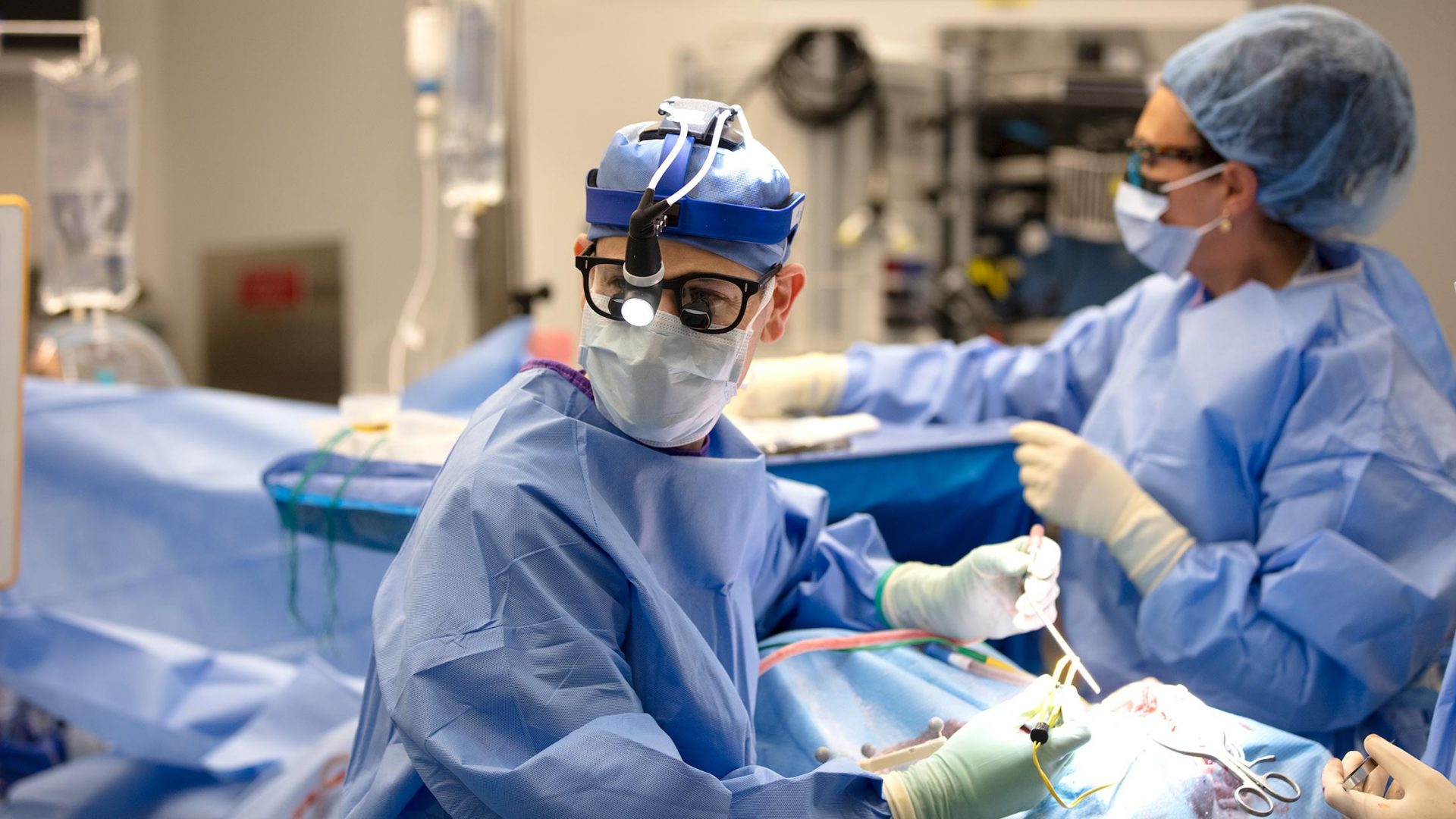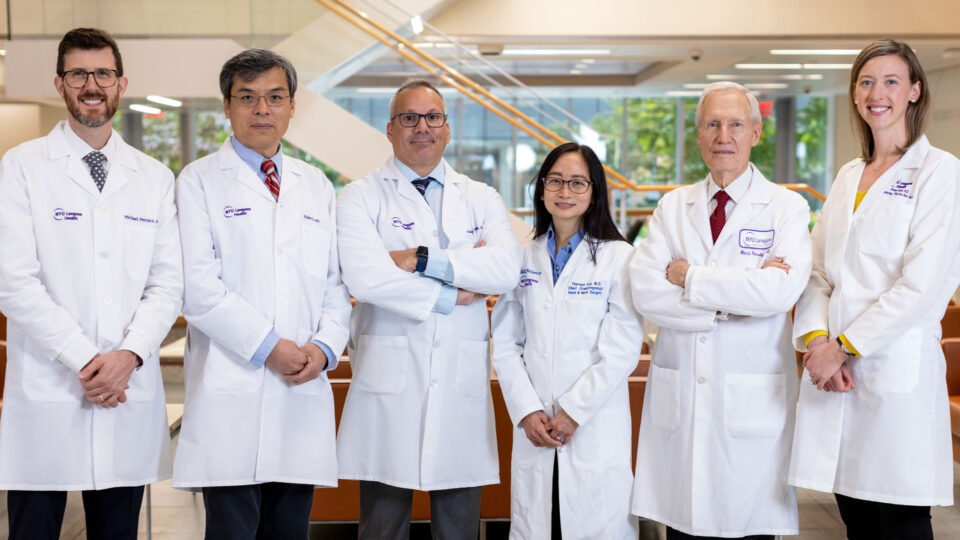New research from neurosurgeon Daniel A. Orringer, MD, and colleagues at NYU Langone Health’s Brain and Spine Tumor Center, part of Perlmutter Cancer Center, unveils DeepGlioma, a deep learning–based screening system that could allow clinicians to accurately predict diagnostic mutations associated with diffuse gliomas without the need for conventional sequencing methods.
With the capacity to achieve an accuracy of 93 percent in less than 90 seconds, the artificial intelligence (AI)–based tool enables rapid molecular subtyping to occur in the operating room.
“Instead of waiting weeks to know what kind of glioma a patient has and how to treat it, we get that information in a matter of minutes.”
Daniel A. Orringer, MD
“DeepGlioma is a game changer for patients,” Dr. Orringer says. “Instead of waiting weeks to know what kind of glioma a patient has and how to treat it, we get that information in a matter of minutes. This expedites care and allows the surgeon in the operating room to tailor the surgical approach.”
NYU Langone was involved in testing the diagnostic screening tool and was one of the first clinical sites in the country to use the technology.
Trained on Label-Free Imaging
Molecular classification is vital to the diagnosis and treatment of diffuse gliomas, enabling accurate prognostication and personalized treatment.
“Access to molecular diagnostic testing remains variable for brain tumors, which complicates prognosis determination, surgical decision-making, resection goals, and selection of chemoradiation regimens,” says Dr. Orringer.
“Without real-time genetic testing, it’s not possible to know how aggressive we should be surgically and whether a patient is likely to respond to conventional chemotherapy and radiation.”
In designing the system, the researchers trained the model using a multimodal dataset that included stimulated Raman histology (SRH), a breakthrough in optics that allows for imaging of fresh tissue without sectioning or staining.
“Our platform for DeepGlioma is self-contained and can be rolled into any operating room; all that is needed is a plug.”
“Using SRH images only, DeepGlioma can determine molecular classification in less than two minutes without the need for tissue processing or human interpretation,” Dr. Orringer explains. “Our platform for DeepGlioma is self-contained and can be rolled into any operating room; all that is needed is a plug.”
Streamlining Molecular Classification
While the system can scale to an arbitrary number of diagnostic mutations, Dr. Orringer notes the focus is on the major molecular diagnostic alterations used by the World Health Organization Classification of Tumors of the Central Nervous System (WHO CNS5) classification scheme: IDH mutations, 1p19q chromosome co-deletion, and ATRX loss.
Remarkably, the new system achieved a mean molecular classification accuracy of 93.3 percent, ranging from 91.0 to 94.7 percent, depending on the mutation subtype.
Across various institutions, the performance of the system generalized well with distinct patient populations, clinical presentations, as well as personnel and infrastructure, Dr. Orringer says, helping providers to define surgical goals with a better-calibrated risk–benefit analysis.
Ensuring Access
As they employ DeepGlioma for more and more cases, Dr. Orringer and his team are utilizing the tool to expedite the delivery of precision surgical and medical care.
“Having a fully autonomous system that is separate from the traditional pathology infrastructure allows patients from lower-resource settings to access effective treatments sooner,” Dr. Orringer says. “Some commercial detection assays are not universally accessible across the country.”
He and his team are also developing the system behind DeepGlioma for other cancers.
“The use of optical histology and AI to diagnose cancer will have implications for the way that many types of cancers are treated,” Dr. Orringer says. “People with cancer who receive treatment in a setting that has access to the most rapid and readily available molecular diagnostics have the potential to get a higher standard of care.”






